Each of us has events in our life that shape our future. As a junior at UNC-Chapel Hill, I was a pre-med major and I took an elective oceanography class. After two weeks of lectures, I was hooked, thanks largely to an incredibly smart, engaging and truly amazing Professor, Dr. Conrad Neumann. Thank You Conrad; you changed my life for the better. Conrad’s enthusiasm for ocean science was contagious and I was hooked.
Shortly thereafter, I announced to my mother that I was going to be an oceanographer. Her response was: “how can you possibly make a decent living as an oceanographer?” For me, it was not about making a living (i.e. money), it was about doing something that I had fallen completely in love with; it was about adventure and discovery. I'd found my passion and I wanted to follow this dream that so fascinated me. It has been a wonderful journey on the high seas over the years. I select my own path, choose what I want to research, and the creative juices and wild ideas (good and bad) flow freely. Over the years, I have had the opportunity to educate others about the ocean and to become an active advocate for the oceans and ocean science.
Remember Robert Swan's words: "The greatest threat to our planet is the belief that someone else will save it. Get out there. Do it. Inspire." These words speak volumes and they motivate me.
Getting back to the theme of this blog, there is one problem with oceanography: we cannot control the weather. And out on the water, the weather can be your friend or it can be great big bully. We’ve experienced both during this cruise; April can be a brutal weather month in the Gulf and bad weather has grounded our ops several times over the past few weeks.
We’re working around natural seeps and oil production rigs abound. On our good days, we’ve had light seas and beautiful weather. The lead image of this blog is one of my favorites – the Alvin being recovered with a large spar production rig in the background (image-1). Our home on this cruise, the R/V Atlantis (image-2), handles weather extremely well so if you feel the motion, the seas are high.
From the small boat, two graduate students from Florida State, Mauricio Silvia and Caroline Johansen, got this amazing image of Atlantis with the rig and a supply boat in the background (image-3).
They were out in the small boat collecting samples from surface oil slicks, such as the one seen here (image-4). At this time, it was almost as flat as a lake and I got a great shot of the rig through the porthole in the main lab (image-5).
The seas were flat calm. And then they were not. A cold front moved in and within minutes, the wind switched direction, the wind speed more than doubled, the cold front high pressure cell was coming in and as it did, the temperature dropped 10ºC (image-6). Then the rain came (images 7). The winds continued to increase until they reached 40 knots and the seas were so churned up that we even had to suspend over-the-side operations like CTD casts (image 8).
The weather was rough for a couple of days and we lost two dives but during that time, we did a lot of multibeam surveys, discovering an Ichthyosaur on the seafloor (image 9). Well, it was not an Ichthyosaur rather fluidized mud that been expelled from a mud volcano but looked like a manatee. When such expulsions occur, the mud eventually settles back to the bottom. We were lucky to catch this shot!
A day after the seas laid down, we were back in action but there were still some wave action as shown here as the two swimmers, the folks charged with shepherding Alvin back to Atlantis got slammed as two waves converged from opposite directions (images 10 & 11).
Now, the weather has calmed and we’re hoping for smooth sailing through the end of our cruise.












